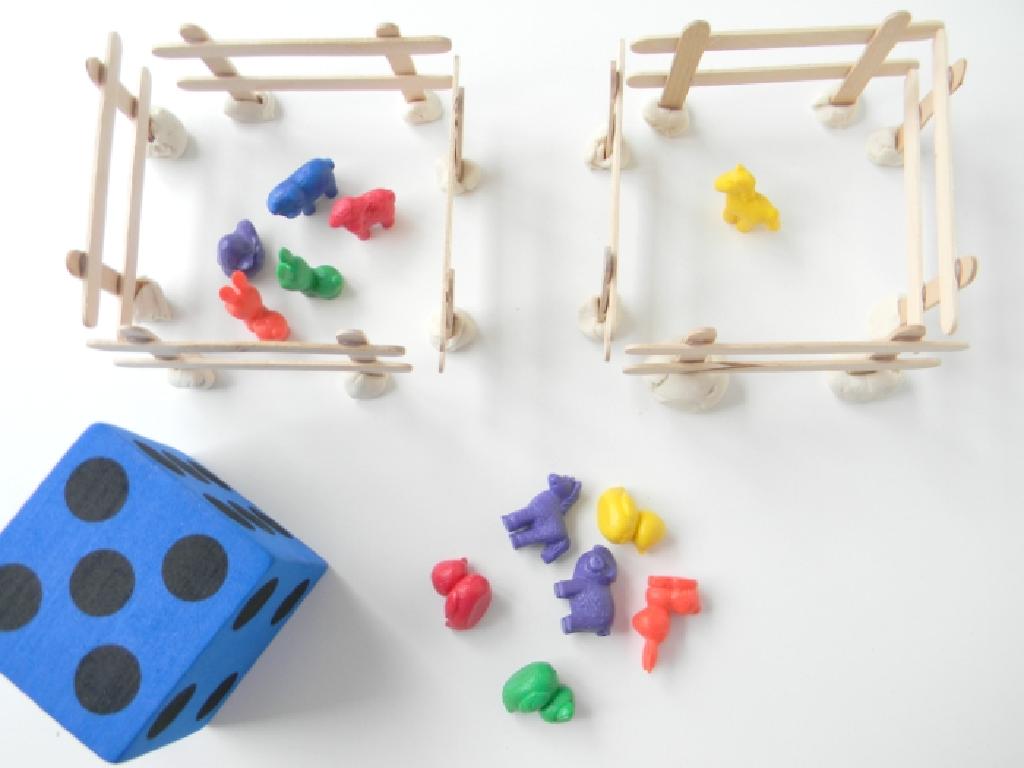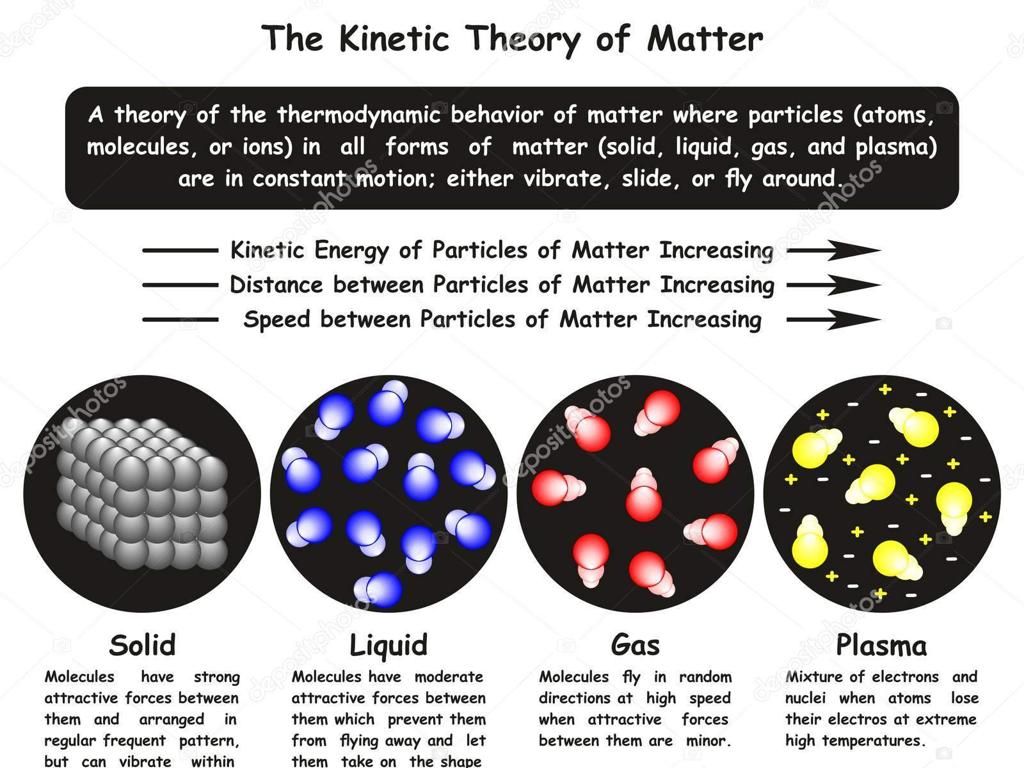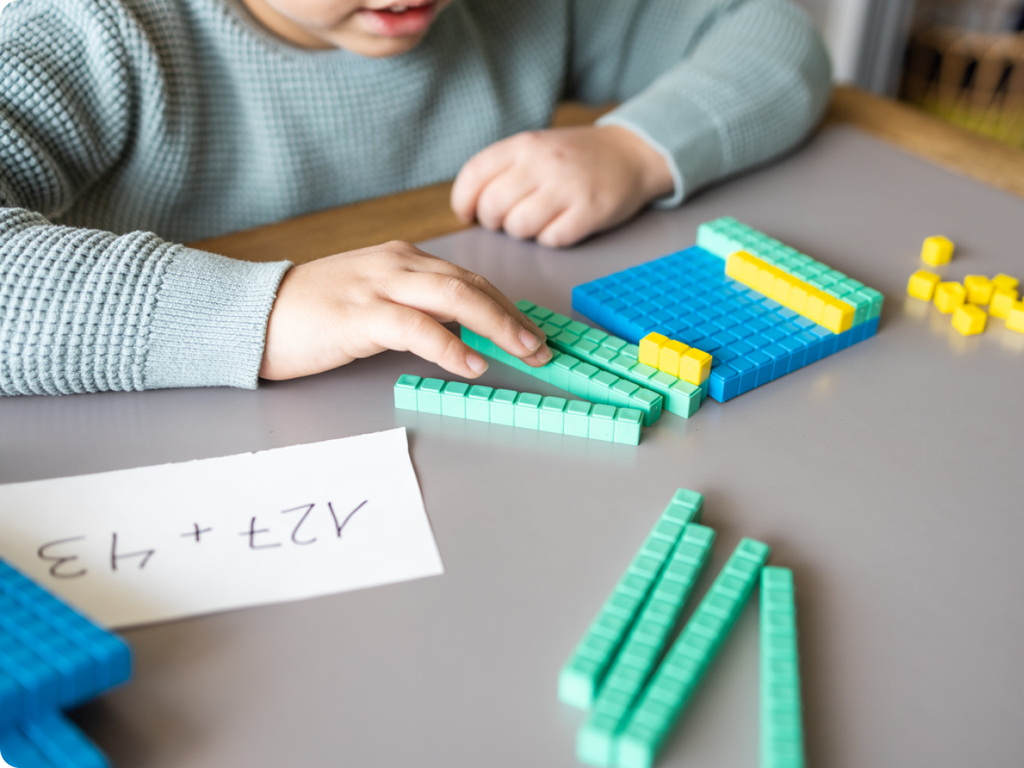Gravitation
Subject: Science
Grade: High school
Topic: Physics
Please LOG IN to download the presentation. Access is available to registered users only.
View More Content
Welcome to Physics: Understanding Gravitation
– Gravitation: A universal force
– Gravitation is the attractive force between two masses.
– Gravitation’s role in the cosmos
– It’s fundamental for planetary orbits, galaxies, and structure of the universe.
– Today’s lesson overview
– Learning objectives
– Understand gravitation’s principles and calculate gravitational forces.
|
This slide introduces the concept of gravitation, setting the stage for a comprehensive lesson on this fundamental force. Gravitation is not just a force; it’s a key player in the cosmic dance of celestial bodies. It keeps planets in orbit and forms the structure of galaxies. Today’s lesson will cover the laws governing gravitation, the mathematical formulas to calculate gravitational forces, and the significance of gravitation in various phenomena. By the end of the lesson, students should be able to articulate what gravitation is, recognize its importance in the universe, and perform basic gravitational force calculations.
Understanding Gravitation
– Gravitation defined
– The force that attracts two bodies towards each other
– Newton’s apple revelation
– The apple falling led Newton to ponder forces of nature
– Gravitational force basics
– Every mass exerts an attractive force on other masses
– Universal attraction
|
Gravitation is a fundamental natural force that causes two bodies to be attracted to each other. It’s essential to discuss the historical context of Sir Isaac Newton’s discovery, which legend says was spurred by an apple falling from a tree, leading him to formulate the law of universal gravitation. Explain that gravitational force is the attraction between any two objects with mass, no matter how small. This concept is crucial for students to understand as it underpins many phenomena in the universe, from the orbits of planets to the tides on Earth. Encourage students to think of examples where gravitational force is at play in everyday life, such as objects falling to the ground or the moon’s effect on the ocean.
Newton’s Law of Universal Gravitation
– State Newton’s Gravitation Law
– Every mass attracts every other mass with a force directly proportional to the product of their masses and inversely proportional to the square of the distance between their centers.
– Gravitation formula: F = G * (m1*m2)/r^2
– G is the gravitational constant, m1 and m2 are the masses, and r is the distance between the centers of the two masses.
– Understand variables: G, m1, m2, r
– G represents the gravitational constant (6.674×10^-11 N(m/kg)^2), m1 and m2 are the masses of the objects, and r is the distance between the centers of the two objects.
– Real-world gravitation examples
– Earth’s gravity keeps us grounded, and it governs the motion of planets around the sun.
|
This slide introduces Newton’s Law of Universal Gravitation, which is a cornerstone of classical physics. The law states that every point mass attracts every other point mass by a force acting along the line intersecting both points. The force is proportional to the product of their masses and inversely proportional to the square of the distance between their centers. The formula F = G * (m1*m2)/r^2 encapsulates this law, where F is the gravitational force, G is the gravitational constant, m1 and m2 are the masses of the objects, and r is the distance between the centers of the two objects. Understanding these variables is crucial for solving problems related to gravity. Provide examples such as the force of gravity that keeps the moon in orbit around Earth or the force that causes an apple to fall from a tree to illustrate gravitation in action.
Gravitational Force and Mass
– Mass’s role in gravitational force
– More mass means stronger gravitational pull.
– Distinguishing mass from weight
– Mass is the amount of matter; weight is gravity’s pull on that matter.
– Your weight on various planets
– Example: A person weighs less on the Moon than on Earth.
– Interactive planetary weight comparison
– Use an online calculator to compare your weight on different planets.
|
This slide aims to explain the concept of gravitational force and its relationship with mass. It’s crucial to clarify that mass is a measure of the amount of matter in an object and remains constant regardless of location, whereas weight is the force exerted by gravity on that mass and can change depending on the gravitational pull of the planet. Provide an interactive example by using an online calculator to show how a student’s weight would differ on other planets in our solar system, such as Mars or Jupiter, compared to Earth. This will help students understand how gravity varies with mass and distance, and why astronauts on the Moon can jump higher and carry heavier loads than on Earth.
Gravitational Force and Distance
– Inverse-square law in gravity
– Force decreases with square of distance increase
– Earth-Moon gravitational force
– Example: Earth to Moon, force weakens with distance
– Calculate gravitational force
– Use formula F = G (m1*m2)/r^2 to calculate
– Activity: Force calculation practice
|
This slide introduces the concept of the inverse-square law, which is fundamental to understanding gravitational forces. The law states that the gravitational force between two objects is inversely proportional to the square of the distance between their centers. For practical understanding, consider the gravitational pull between Earth and the Moon, which decreases as the distance between them increases. The activity involves using the gravitational force formula, F = G (m1*m2)/r^2, where G is the gravitational constant, m1 and m2 are the masses of the objects, and r is the distance between their centers. Students will practice calculating the force between two objects at varying distances to reinforce their understanding of the inverse-square law. Provide examples with different masses and distances to ensure students can apply the formula correctly.
Gravity in Our Universe
– Gravity’s role in cosmic formation
– Gravity pulls space dust into planets, stars, and galaxies.
– Gravitational forces between bodies
– Every celestial body exerts a force, attracting others.
– Black holes: gravity’s extremes
– Black holes, with intense gravity, warp space and time.
– Understanding gravity’s universal pull
|
This slide explores the fundamental force of gravity and its pivotal role in shaping our universe. Gravity is not just the force that keeps us grounded on Earth; it is also the architect of the cosmos. It is responsible for clumping together the initial dust and gas to form celestial bodies like planets and stars, and eventually galaxies. The gravitational attraction between these bodies governs their orbits and interactions. Black holes are one of the most fascinating phenomena in the universe, where gravity is so strong that not even light can escape. Understanding gravity helps us comprehend the large-scale structure of the universe and the behavior of objects within it. Encourage students to think about how gravity influences not just life on Earth, but the entire cosmos.
Applications of Gravitational Concepts
– Gravity’s role in satellite deployment
– Satellites are launched into orbit by utilizing Earth’s gravitational pull.
– Gravitational slingshot technique
– Spacecraft gain speed by moving near a planet and using its gravity.
– Tides influenced by Moon’s gravity
– The Moon’s gravitational pull causes high and low tides on Earth.
– Gravitational applications in technology
|
This slide explores practical applications of gravitational concepts. Gravity is not just a force that keeps us grounded; it’s instrumental in modern technology and space exploration. For instance, gravity assists are critical for placing satellites into orbit, saving fuel and reducing costs. The gravitational slingshot is a pivotal maneuver in space missions, allowing spacecraft to gain velocity by passing close to a planet, essentially ‘borrowing’ the planet’s orbital momentum. Understanding tides is also crucial for naval navigation and coastal management, as the gravitational pull of the Moon causes the oceans to bulge, leading to the cyclical high and low tides. Discuss how these applications have real-world implications and encourage students to think of other areas where gravity plays a key role.
Class Activity: Visualizing Gravity Wells
– Demonstrate space-time curvature
– Predict object movement in ‘gravity well’
– Consider how different weights affect the fabric’s dip
– Observe objects within the well
– Watch how objects roll towards heavier weights
– Relate to planetary orbits
– Understand gravity’s role in keeping planets in orbit
|
This activity aims to provide a hands-on understanding of how mass can affect the curvature of space-time, a fundamental concept in gravitation. By using a stretchable fabric to represent space-time and adding weights to create a ‘gravity well’, students can visualize how objects are influenced by the presence of mass. Encourage students to predict the movement of smaller objects when placed near the ‘gravity well’ before the demonstration. After observing, facilitate a discussion on how this model is analogous to planetary orbits, where the sun’s mass curves space-time and affects the path of planets. Provide examples like Earth’s orbit around the sun or the moon’s orbit around Earth. This will help students grasp the abstract concept of gravity as described by Einstein’s theory of general relativity.
Gravitation: Conclusion and Recap
– Summarize gravitation key points
– Gravitational force, mass relations, distance effects
– Recap Newton’s Universal Law
– F = G (m1*m2)/r^2, where F is force, G is the gravitational constant, m1 and m2 are masses, and r is distance
– Engage in a Q&A session
– Clarify any remaining doubts
|
This slide aims to consolidate the students’ understanding of the fundamental concepts of gravitation. Begin by summarizing the key points discussed throughout the presentation, such as the role of mass and distance in gravitational force. Reiterate Newton’s Law of Universal Gravitation and its formula, ensuring students grasp its significance in physics. The Q&A session is crucial for addressing any uncertainties or confusion. Encourage students to ask questions, fostering an interactive environment to solidify their knowledge. As a teacher, be prepared with additional examples or explanations to clarify complex ideas if needed.
Gravitation: Homework and Quiz Preparation
– Solve gravitational force problems
– Use the formula F = G (m1*m2)/r^2 to calculate
– Research zero gravity effects on humans
– Look into astronauts’ experiences and scientific studies
– Study for upcoming Gravitation quiz
– Utilize provided materials and resources
– Review class notes, textbook chapters, and practice problems
|
This slide outlines the homework assignment and preparation for the next class quiz on Gravitation. Students are expected to solve problems using the universal law of gravitation formula, which will help reinforce their understanding of gravitational forces. Additionally, they are to research the physiological effects of zero gravity on astronauts, which will provide a real-world application of the concepts learned. The quiz will cover all topics discussed in the Gravitation unit, so students should review their notes, textbook, and any additional resources provided. Encourage students to form study groups and discuss the homework assignment for a more comprehensive understanding. Provide examples of gravitational force calculations and suggest reputable sources for their research on zero gravity effects.





